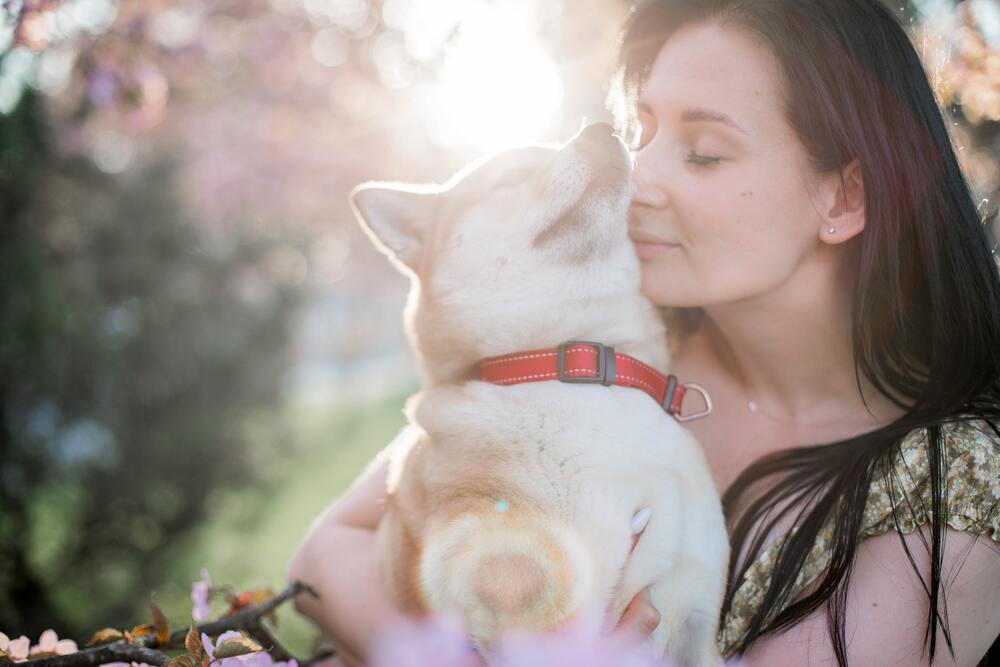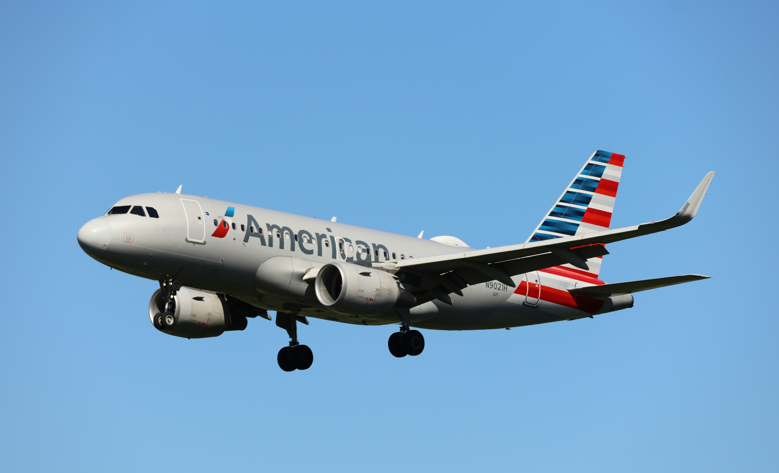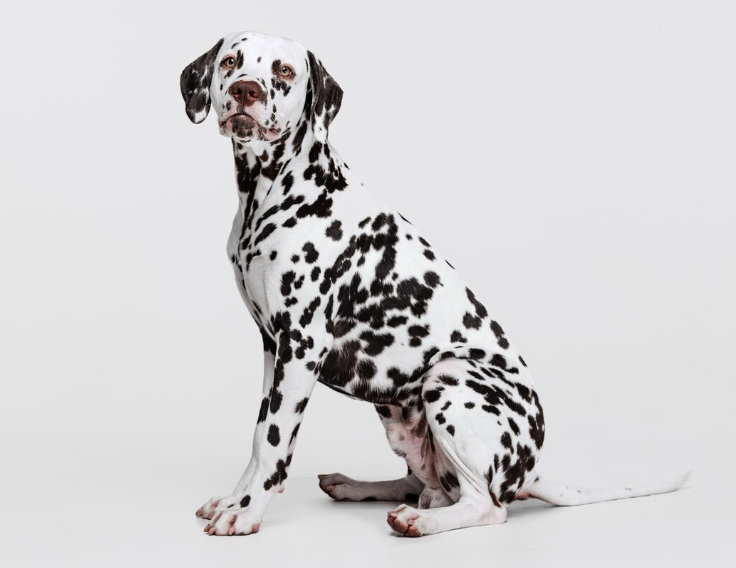
We bet most of you have watched the movie “101 Dalmatians”! It was one of the favorite movies of many children a few decades ago, especially since Disney expanded it into a media franchise. Several sequels followed the original movie from 1961, which was based on a novel.
The movie likely left many children, some of whom are now adults, with the impression that Dalmatian dogs are cute, easy-to-raise pups who get along with anyone unless they are portrayed as evil characters, of course.
In the late 90s, many shelters reported a drastic increase in the abandoned Dalmatian pups, after these were supposed to be given as presents to children.
Today, we will explore the characteristics of this breed, will let you know why its popularity has decreased, and will also provide you with information on whether these dogs have the potential to become service dogs or not.
History
The dogs of the breed were developed as hunting dogs and also used as dogs to protect carriages from robbers or other types of intruders. The historical region of Dalmatia, which encompasses nowadays the territory of modern Croatia is considered the area where these dogs originated.
Canines of specific pointer breeds as well as representatives of the Great Dane (spotted ones), are believed to be ancestors of the present-day Dalmatian dogs.
According to some reports, the presence of dogs with distinctive spotted coats was documented in the 38th century BC in Egypt.
The Dalmatian was officially recognized as a breed by the American Kennel Club in 1888.
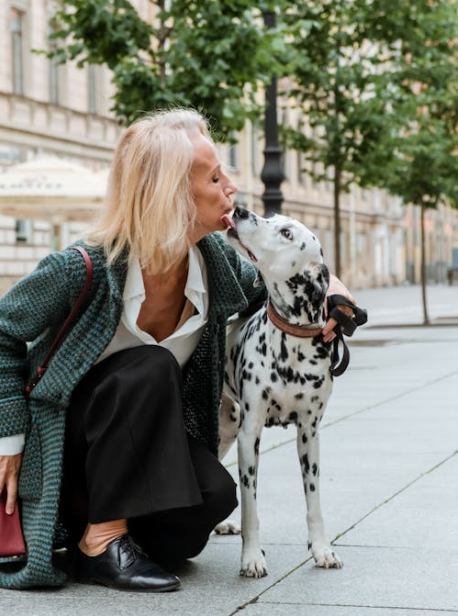
Lifespan and Physical Appearance
The average lifespan of the breed’s representatives is about 10–13 years, and they reach full physical maturity at about 18 months of age.
Since the first thing most people think of when they hear 'Dalmatian' is their spots, we will begin with information specifically about them!
Although spots may appear on the coats of the Dalmatian pups once they are born, most pups have their spots visible during the first ten days from the date of birth. The size of the spots is about 1,3-2,5 inches / 3,2-6,4 cm. They appear in two color variations: Black and Liver Brown.
You may be interested to know that Black is the dominant color and Liver Brown is the recessive color. In other words, for a pup of the breed to have Liver Brown spots, both parents must be spotted in this color. Canines whose spots are colored Liver Brown always have brown noses, while those whose spots are Black always have black noses.
The “background” of the dogs’ coats is always white. The color variations that the coats of these canines can also be seen in such as White & Lemon, White Black & Tan, White & Orange, and White, Liver & Tan, are not recognized by the American Kennel Club as standard colors.
Also, there are other color variations, which are rather rare including dogs whose coats are completely white or dogs whose coats feature solid color “patches”.
Regarding the weight of the dogs of that breed, the male representatives can reach up to 33-71 lbs / 15-32 kg, while the females can reach up to 35-53 lbs / 16-24 kg.
The height of Dalmatian dogs is approximately 23–24 inches / 58-61 cm for the male representatives and 22–23 inches / 56-58 cm for the female canines.
The Dalmatian dogs are short-coated but long-coated pups can occasionally be born too. Although they do not meet the criteria of the breed standard, you may be curious to know that long-coated Dalmatians shed less than the short-coated ones.
If you consider getting a dog of the breed, please keep in mind that short-coated pups (the breed standard) are heavy shedders. Their coats are easy to brush and groom, but if having a dog’s fur at home is not something you can tolerate, then this may not be the right breed for you. Alternatively, you can opt for a long-coated representative.
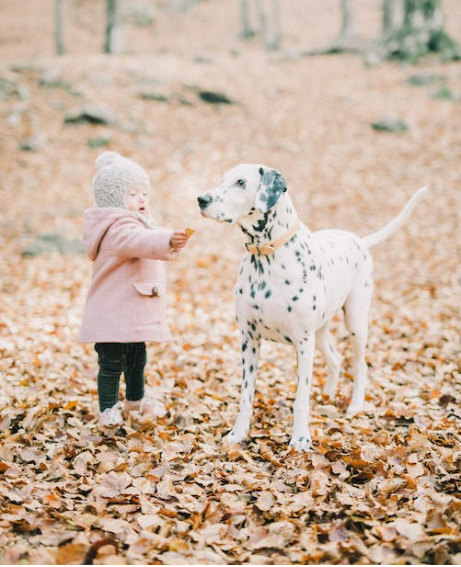
Temperament
The Dalmatians are very intelligent and active dogs, who become very loyal to their human family. Since these dogs were originally bred to protect carriages, they have persevered in their instincts as watchdogs, so you can expect them to alert you to intruders.
There still might have been some doubts about how good the Dalmatian canines are around children. You should know that with proper training and socialization, these dogs can become wonderful companions for kids! Moreover, their active and playful nature will contribute to the great interaction of these dogs with children.
The dogs of the breed are trainable and can learn different tasks both basic obedience and specific service dog ones.
There are, of course, certain breeds, whose temperament is considered much more friendly and suitable for households with children, such as the Golden Retriever and the Labrador Retriever. Some Dalmatians can be stubborn and a bit hard to train, so whether your pup will unleash their potential or not, depends on how much time, energy, and effort you can put into the training.
If you are a first-time owner, then you should carefully consider if you have the time and willingness to engage in proper training.
When it comes to getting along with other dogs- we are a bit on the fence. If you train and socialize your paw friend, then yes! They will be able to get along with other dogs. If your canine is not socialized properly, then they may show a tendency to be aggressive toward other dogs. They are not considered extreme barkers, but moderate ones who may occasionally bark.
Sufficient mental and physical stimulation is essential for the dog’s well-being. Otherwise, you can expect behavioral issues to occur, which can negatively affect your and your family’s life.
Social Aspects
The Dalmatians are deemed generally friendly when it comes to interaction with unknown people. However, they can also become protective of their family and be a bit reserved if insufficiently socialized.
As mentioned above, they are not as social as other dog breeds, which usually take the first places in lists like “The Best Dogs for Families” or “The Best Dogs for Children”. However, this doesn't make them unsuitable; it simply means that a bit more work will be required to shape their behavior properly.
Also, we should never forget that each dog is an individual, so there are always exemptions to the rule. Adaptability, playfulness, and loyalty are among the main characteristics of the breed.
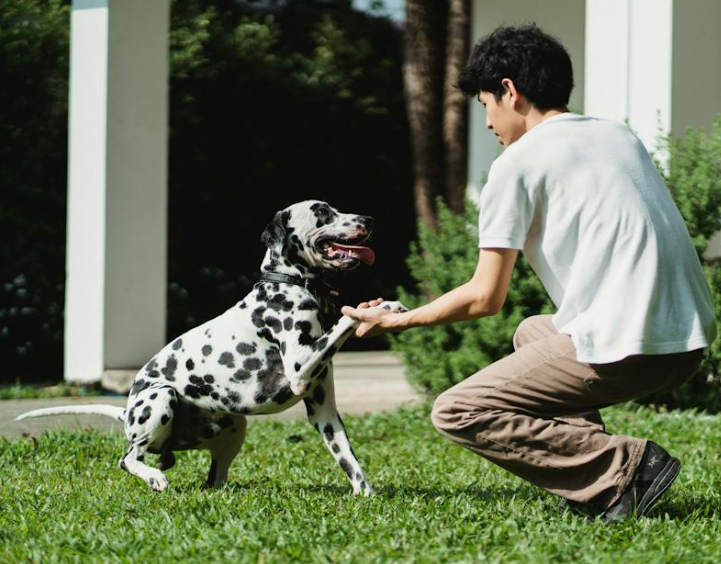
Can You Train a Dalmatian as a Service Dog?
If you have no or very little training experience, then we would recommend that you opt for a dog of another breed.
However, if you find a pup of the Dalmatian breed with the right temperament for the job (calm, people-oriented, friendly, and neither too shy, nor aggressive), then you may want to give them a chance to reveal their potential.
These dogs have the qualities to become excellent service dogs as they are smart, trainable, and attuned to their families.
Their potential stubbornness may cause some challenges on the way so don’t forget to be consistent and very patient.
Types of Service Dog Tasks Dalmatians Can be Trained to Perform
Mobility / Retrieve Tasks
Due to their high energy levels, and need for physical and mental stimulation, mobility tasks may be most suitable for the dogs of the breed. These dogs are the larger representatives of the mid-sized dog breeds, which makes them a good option for people with mobility and balance issues. However, depending on the individual’s weight and height, a dog of a larger breed may be needed.
Assisting a person with balance issues, fetching items for them like a phone or medication, removing items off the floor, opening or closing cabinets and doors, pushing a shopping cart, and pushing buttons, are tasks that these dogs can be trained to do.
Larger canines of the breed may also be able to assist individuals in wheelchairs.
Alerting Tasks (Environment-related)
Because of the reason for the breed’s development, these dogs are very alert and can easily pick up on distinctive sounds or the presence of unfamiliar people. If you need a dog to alert you to specific sounds, people, or different factors in the environment, you can count on the observant nature of these dogs! Their instinct to protect you will also be useful for performing such tasks.
Medical Alert Tasks
Although Dalmatians are not as commonly used as medical alert dogs as other breeds like the Labrador/Golden Retriever, or the Poodle, these canines can still effectively be trained to do such tasks. Their intelligence, loyalty, and ability to learn will help them master alert types of tasks.
Training a medical alert dog (i.e. to notify their owner of an oncoming epileptic episode) involves scent training. The dog is taught to recognize the specific scent of the individual during episodes and respond to it. Since this type of training is more specific, it is essential to opt for a dog with the right temperament for the job.
Psychiatric Service Dog Tasks
Although Dalmatians are not among the popular dog breeds to be trained as Psychiatric Service Dogs, they still can be taught to perform many tasks common for this type of assistance dog.
For instance, if your paw friend is friendly, has a calm demeanor, and has a strong bond with you, teaching them PSD tasks may be easier than it looks!
Popular PSD tasks are tactile stimulation, Deep Pressure Therapy, alerting to anxiety, finding an exit and guiding the owner to a safe place when an anxiety episode arises, bringing the owner back to reality, etc.
Psychiatric Service Dog Tasks require a strong emotional connection between the owner and the dog.
This is why, if you notice that your Dalmatian is stubborn and not very attuned to you, you may encounter some difficulties with training.
All dogs are individuals and may show different tendencies. You may know people with both aggressive Dalmatians and people with calm and friendly canines of the breed.
You should make an informed decision when getting a dog, especially if you will train them as a service dog. However, make sure to evaluate the dog as an individual to make a wise decision.


